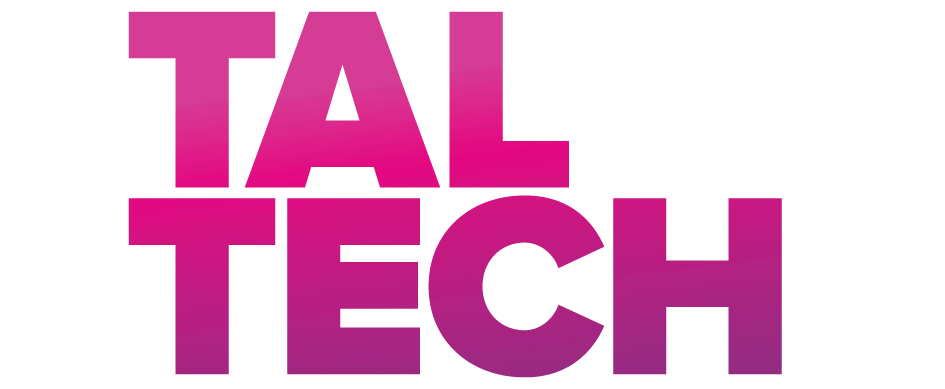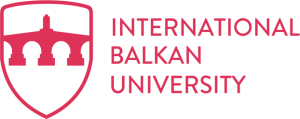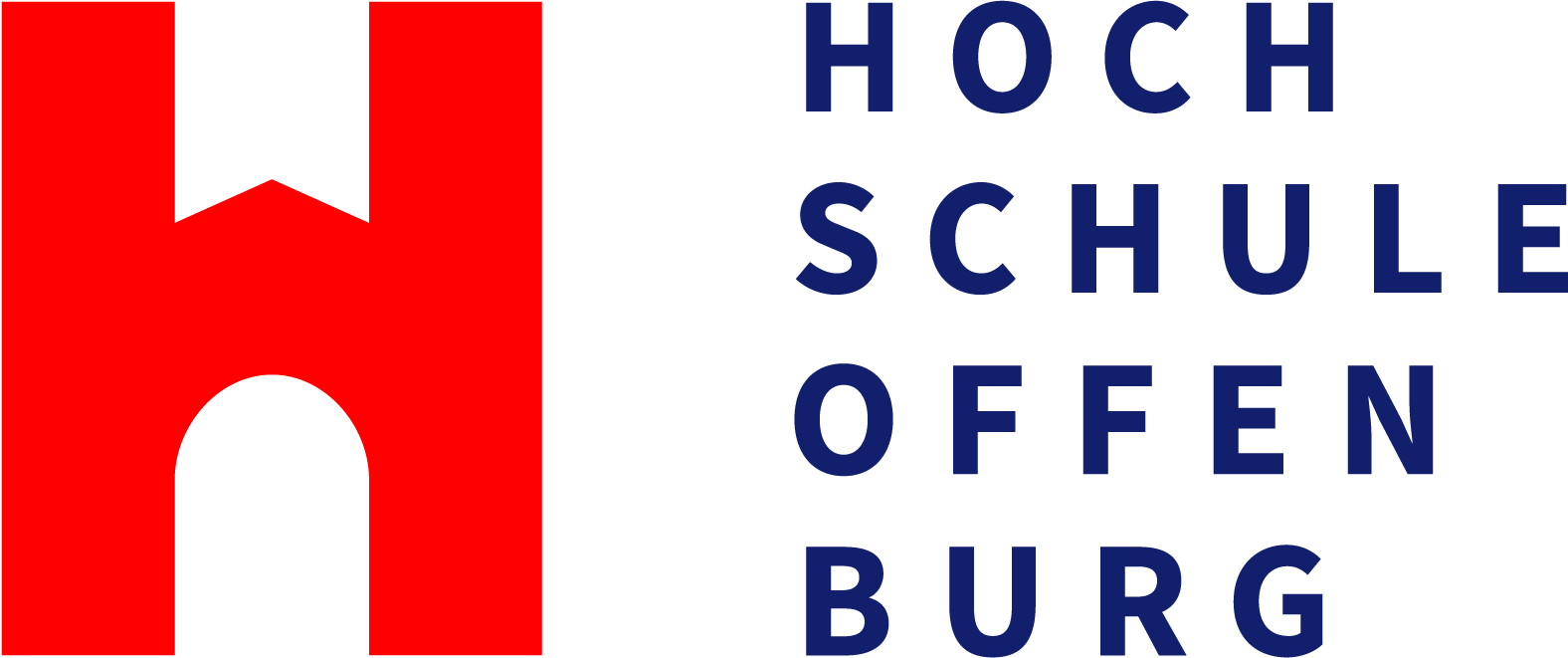What is Erasmus+?
Erasmus+ is the EU’s programme to support education, training, youth and sport in Europe.
It has an estimated budget of €26.2 billion. This is nearly double the funding compared to its predecessor programme (2014-2020).
The 2021-2027 programme places a strong focus on social inclusion, the green and digital transitions, and promoting young people’s participation in democratic life.
It supports priorities and activities set out in the European Education Area, Digital Education Action Plan and the European Skills Agenda.
The programme also:
- supports the European Pillar of Social Rights,
- implements the EU Youth Strategy 2019-2027, and
- develops the European dimension in sport.

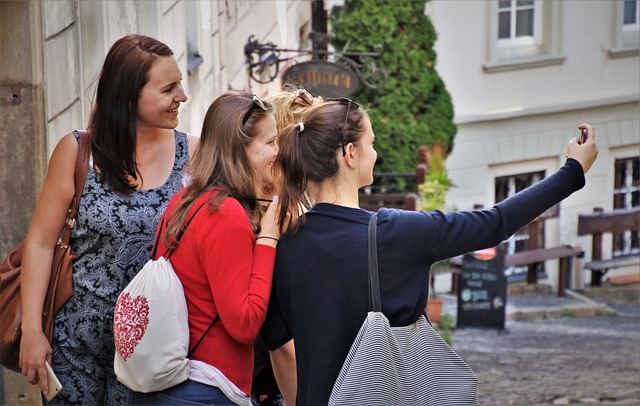
Opportunities
Erasmus+ offers mobility and cooperation opportunities in:
Detailed information on these opportunities, including eligibility criteria, is available in the Erasmus+ Programme Guide.
Outcomes
The outcomes of Erasmus+ are available in reports and compendia of statistics, as well as through the Erasmus+ Projects Platform. This includes most of the initiatives funded by the programme and a selection of good practices and success stories.
Visit the Erasmus+ official site:
https://erasmus-plus.ec.europa.eu/sl/about-erasmus/what-is-erasmus
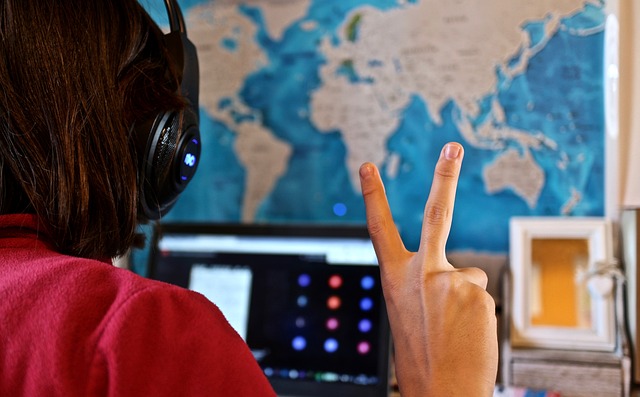
Project results
Educational portal
FuturIA is the backbone tool to learn Artificial Intelligence at the different levels proposed in this project, and it is the pillar that guarantees and supports its impact. FuturIA is a customized educational portal that provides a meeting point between students and teachers, and supports interaction through the use of resources and activities: chats, forums, wikis and videoconferences; documents, web pages and links; and questionnaires and projects, among others.
Curricular development
Teaching AI to a multidisciplinary audience requires a clear curriculum, mainly a set of teaching guides for the online modules to be included. The curriculum is the result of a rigorous analysis of the current state of AI in partners’ countries from different points of view: public policies, social knowledge on AI, precise definition of AI in multidisciplinary environments, studies in higher education and current needs in the EU, both from a public and private perspective.
Teaching material
FuturIA provides learning modules adapted to the audiences of the project distributed as follows:
Videos
Videos are an invaluable element in any good teaching platform, as they support the rest of the didactic material. The videos have audio in English and subtitles in the six languages of the participating countries. Their structures are homogeneous, although well adapted to the specific concepts to transmit, and they have a story line defined, starting with a clear explanation of the objectives from the very beginning.

